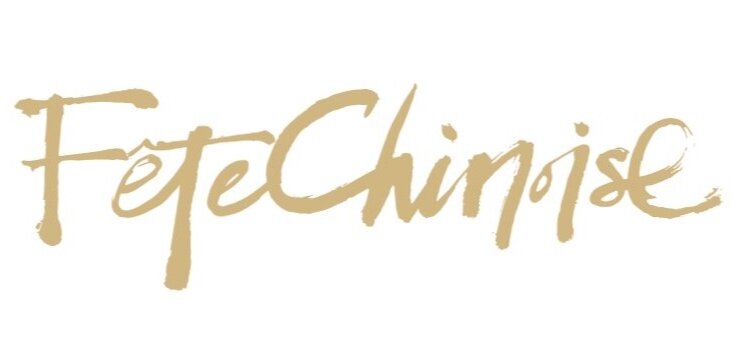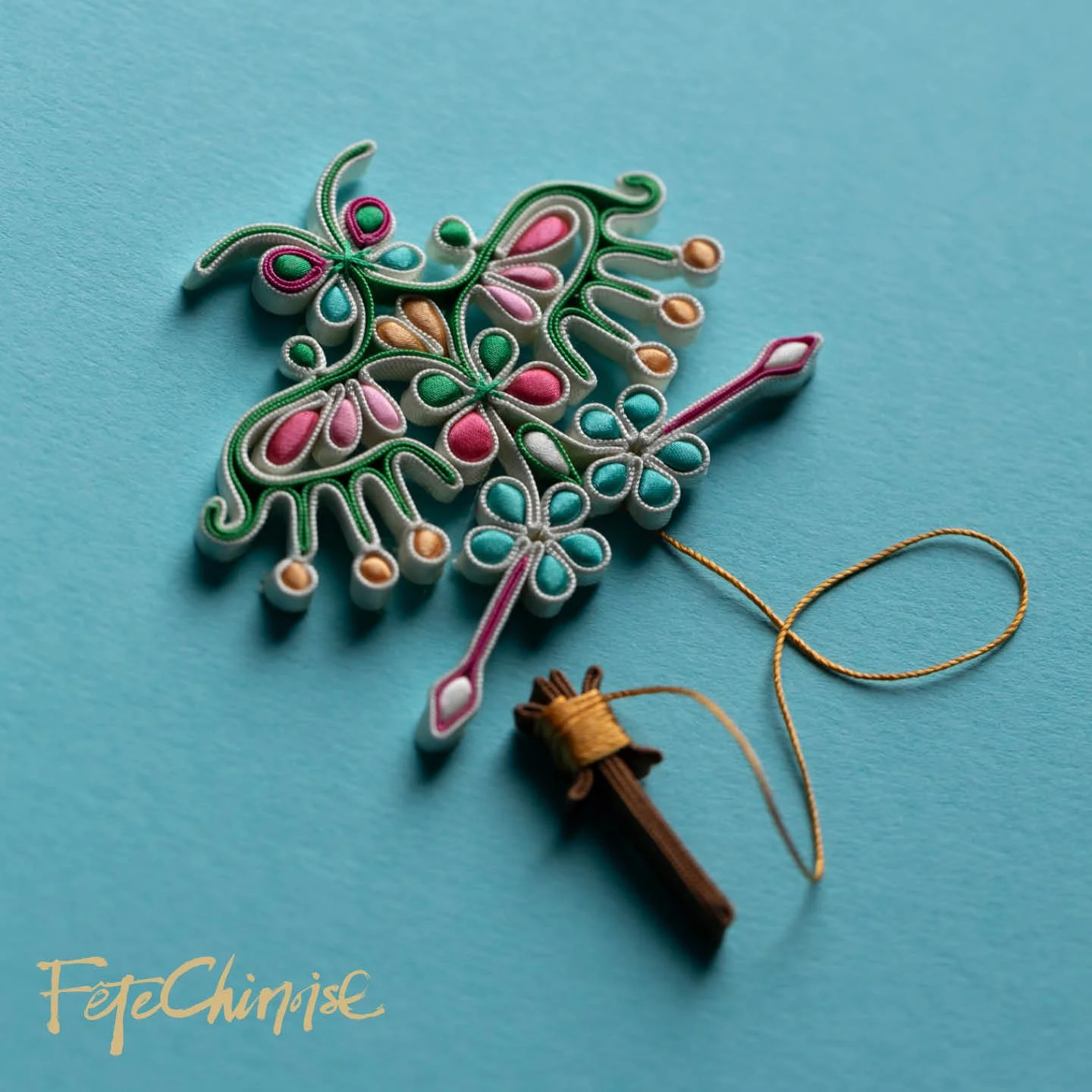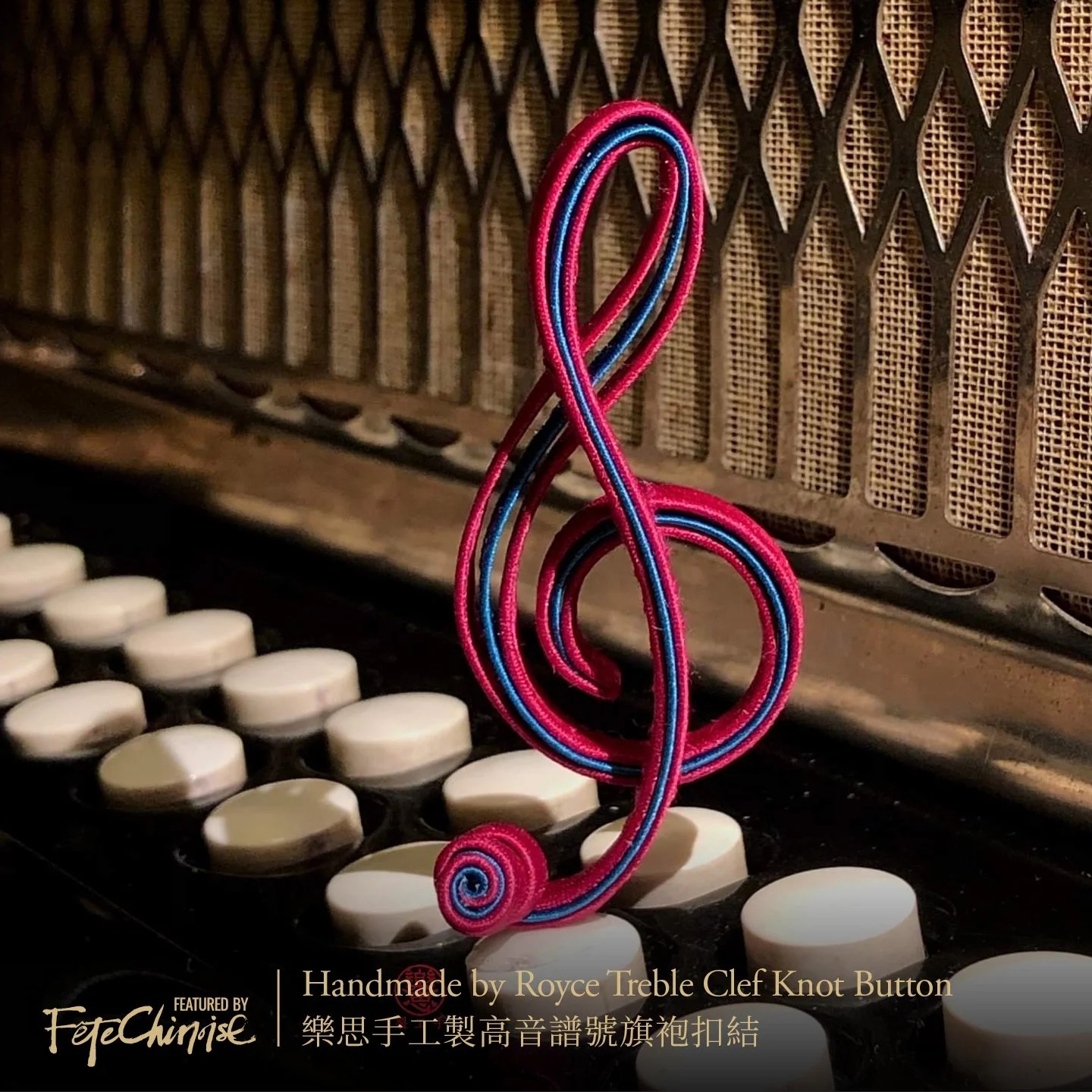Fruit of the Ages How the Peach Became the Symbol for Longevity 壽桃物語
Written by 撰文: Maggie Ho
Photography: Jackson Lam
Demonstrated by: Best Dim Sum Food Co. 包師傅點心專門店
As featured in The Inaugural Art of Celebration Annual
In Chinese culinary tradition, the Longevity Peach Bun (or Shoutao), holds a special place. Often found at birthday banquets for the elderly, this delightful treat is more than just a delicious dessert—it is a symbol of health, prosperity, and a long life. With its unique appearance and cultural significance, the symbolic bun continues to be a staple at celebrations as traditions are passed down generations of families in Asia and in diasporas around the world.
In Folklore & Chinese History
The history of the Longevity Peach Bun is deeply rooted in Chinese folklore and mythology. In one legend, the Queen Mother of the West, Xi Wangmu, possessed a magical peach tree that bore fruit once every three thousand years. The precious peaches, known as the Peaches of Immortality, were believed to grant eternal life to those who consumed them. The most well-known story stemming from this legend is Journey to the West, where the Monkey King causes chaos in the heavenly palace after stealing and eating these peaches.
Another legend related to longevity peaches dates back to the Spring and Autumn Period of Ancient China. It is said that Sun Bin, the author of The Art of War, left home at eighteen to study military strategy under Guiguzi and had not returned for many years. On his mother’s sixtieth birthday, Sun Bin requested leave to return home. Guiguzi picked a peach and gave it to Sun Bin to take home for his mother's birthday. When Sun Bin arrived home, his mother cried bitterly out of longing for her son. Sun Bin took out the peach his teacher had given him. After taking a bite, his mother found it sweeter than honey. Miraculously, she was instantly rejuvenated—her white hair turned black, her eyes became clear, her teeth healed and grew, and she no longer needed a cane to walk.
「家有一老,如有一寶。」中國傳統著重敬老尊賢,對族中長輩,尤為敬重。傳統壽宴慶祝六十歲以上長者的生辰,子孫們共聚一堂,席間必備食物包括紅雞蛋、長壽麵及壽桃。其中香噴噴、軟綿綿、清甜軟糯的壽桃,最受大人小朋友歡迎。筆者就曾聽過「吃一個增壽三十年,兩個不夠,最少要吃三個以上,方可以長壽九十歲!」,此話當然不能信,但也不難明白壽桃的美味,令人為多吃幾個包而編作故事之用心。
壽桃外型根據蟠桃仙果而製。傳說蟠桃可以令人長生不老,栽種於天庭,由西王母掌管,每三千年開花、結果、熟成。 其中最為人熟悉的是《西遊記》內描述齊天大聖孫悟空因為偷吃蟠桃,大鬧天宮,最終被囚於五指山下的故事。
Shaotao: Representing the Peach in a Bao
Since fresh peaches are not available year-round, the idea of celebrating with peaches evolved into making longevity peaches out of flour. The ingredients and process of making Longevity Peach Buns may seem simple, but each step is difficult to master, requiring meticulous attention. The dough, made from milk, flour, yeast, sugar, and salt, is carefully kneaded, shaped, filled with lotus paste or red bean paste, sealed, and then pressed deeply with a knife. After steaming, the buns are given a red-dyed tip, adding a blush-like touch that resembles the pink shade of peaches. The buns are soft, fluffy, and typically steamed to perfection. The interior contains a sweet filling, usually made from red bean paste or lotus paste, which adds a delightful contrast to the bun's mild exterior. The combination of textures and flavors makes the Longevity Peach Bun a beloved treat for many.
另一個跟壽桃相關的傳說源於春秋戰國時期:據說,齊國的孫臏(即《孫子兵法》的作者)在十八歲時離家拜鬼谷子為師學習兵法,多年來未曾回家。孫母六十歲生日的那一年,孫臏向老師請假回家。鬼谷子摘下一個桃子送給孫臏,讓他帶回家為母親祝壽。孫臏回到家時,家裡正為老母親舉辦壽宴。然而,由於孫臏多年未歸,其母因掛念愛子而痛哭。當孫臏趕回家中,從懷裡拿出老師所送的桃子。母親吃了一口後,發現桃子比蜂蜜更香甜。更奇妙的是,老母親瞬間返老還童,白髮變黑、眼睛更澄明,牙齒重生,走路也不再需要拐杖了。
Transforming over time, birthday buns come in many forms. In the last few decades, a popular trend is to house the Longevity Peach Buns in bite-sized portions in an impressive "Buns inside a Big Bun" presentation, where they are steamed inside a giant outer bun. The opening of the outer bun to present many mini buns has provided a wow factor at birthday parties or gatherings, which likely started as a commercial decision, has also evolved to represent family and abundant blessings and offspring. Many Chinese restaurants globally also offer shaotao buns during dim sum service, 100 day celebrations for newborns, or as part of a larger banquet that extends beyond a birthday milestone. Shaotao buns are also available as frozen products in grocery stores, allowing people to enjoy them and to continue the tradition conveniently at home.
The essence of the Longevity Peach remains unchanged. Each bun carries with it the cultural heritage and the wishes for longevity and prosperity that have been passed down through generations. The next time you encounter a shaotao bao hold it, feel and appreciate its steamed soft skin, and think of the people you love. And when you taste its sweetness, savour not only the flavour, but the rich traditions and symbolic blessings from our culture.
鮮桃並不是四季常有,人們便想出以麵粉做成壽桃。壽桃的用料及製作過程看以容易,但每一步驟易學難精,需要仔細拿捏。由牛奶、麵粉、酵母粉、糖及鹽混合而成的麵團,經過精細的揉、捏、搓成型,放入蓮蓉或紅豆餡,收口後再用刮刀壓出深痕,經過蒸煮後再塗上紅色點綴,紅卜卜的,令人忍不住要咬一口。時至今日,壽桃早已不再是慶祝長者生日的專利,現代常見的除了小巧一口壽桃,更有「母子蟠桃」以大桃包着小桃,象徵多福多壽,群星拱照。
下一次在餐桌上見到壽桃時,記得感受它的溫柔暖意,在品嚐其香甜美味的同時,更要想起每個壽桃都是由師傅用心製作的藝術品,滿載滋味和祝福。




















In Chinese culinary tradition, the Longevity Peach Bun (or Shoutao), holds a special place. Often found at birthday banquets for the elderly, this delightful treat is more than just a delicious dessert—it is a symbol of health, prosperity, and a long life. With its unique appearance and cultural significance, the symbolic bun continues to be a staple at celebrations as traditions are passed down generations of families in Asia and in diasporas around the world.